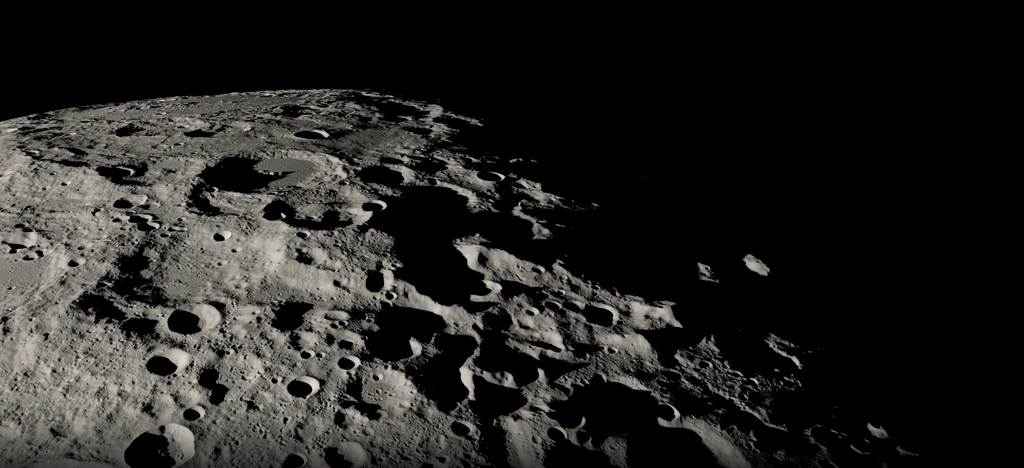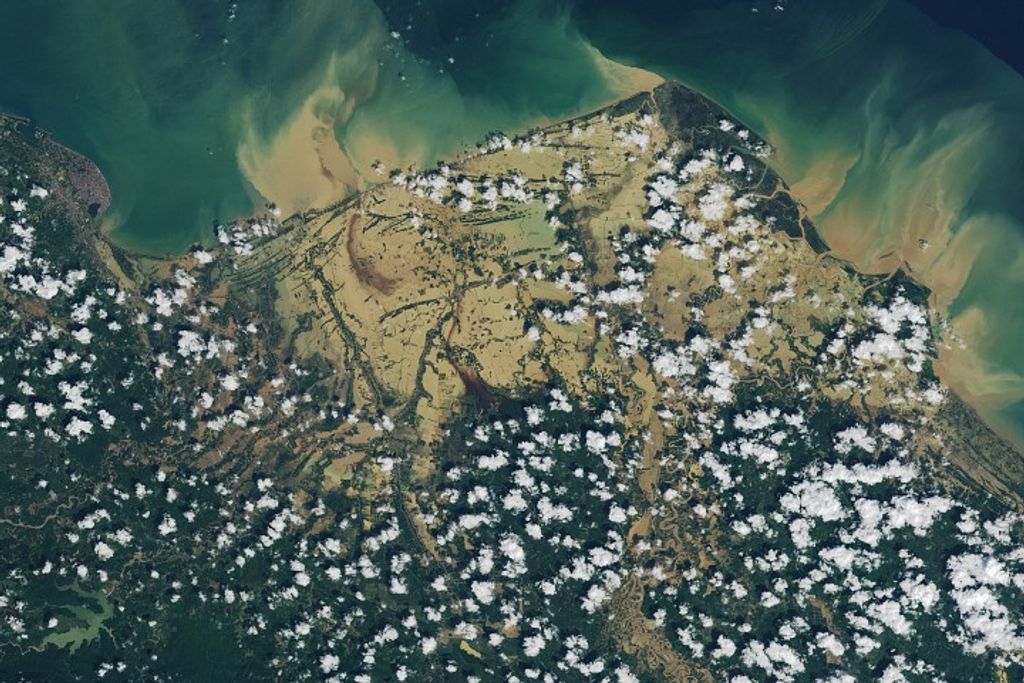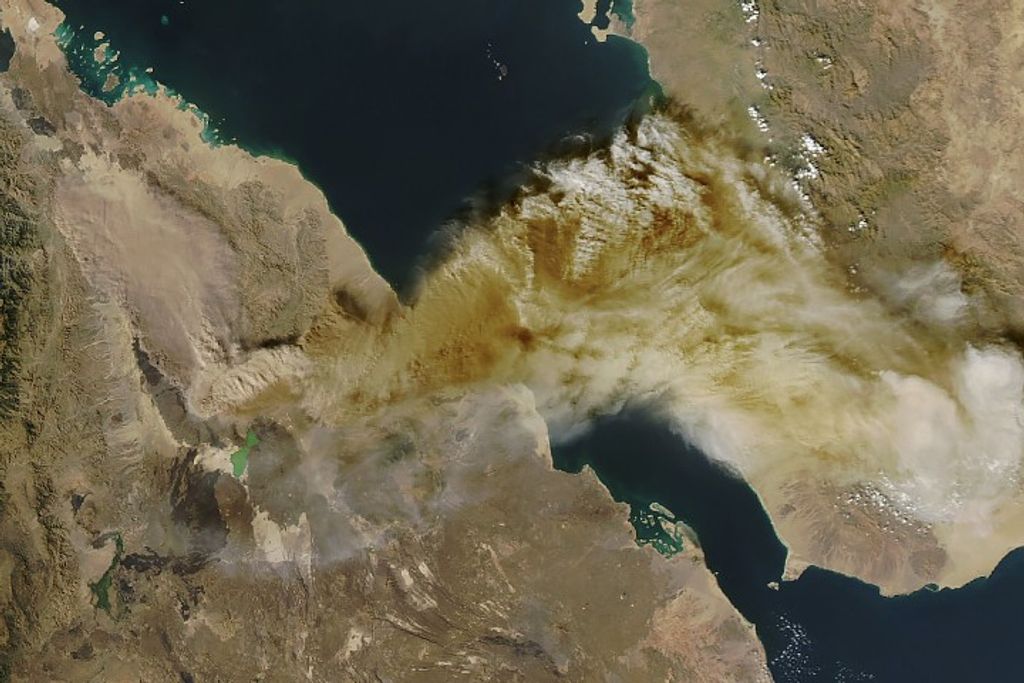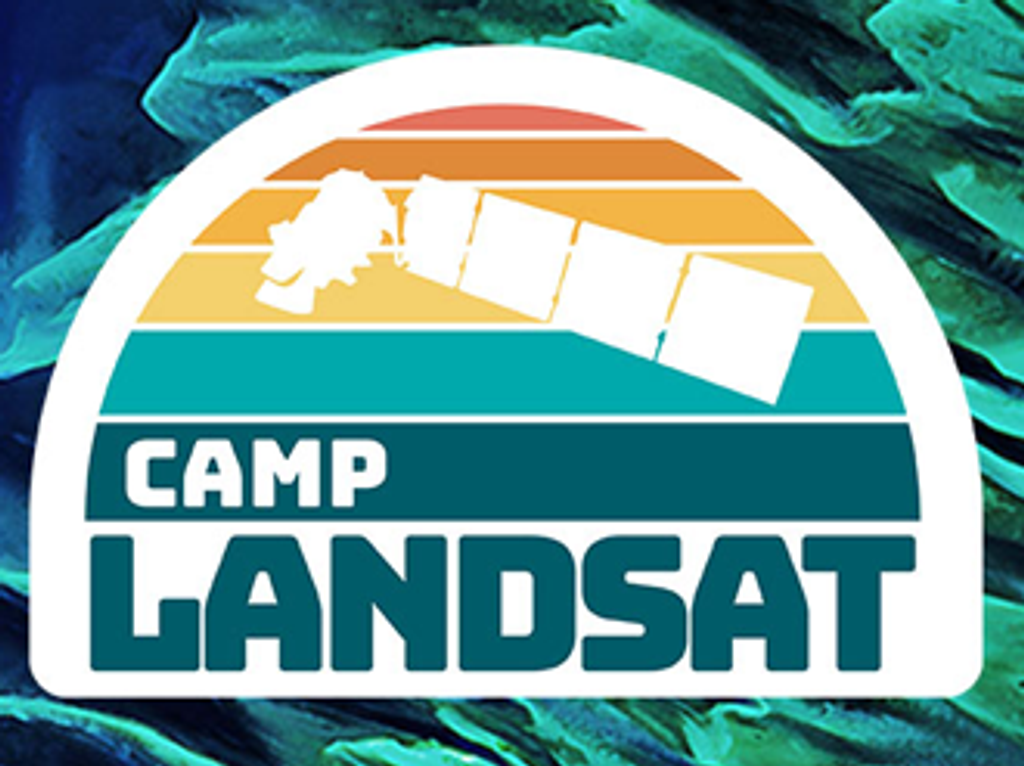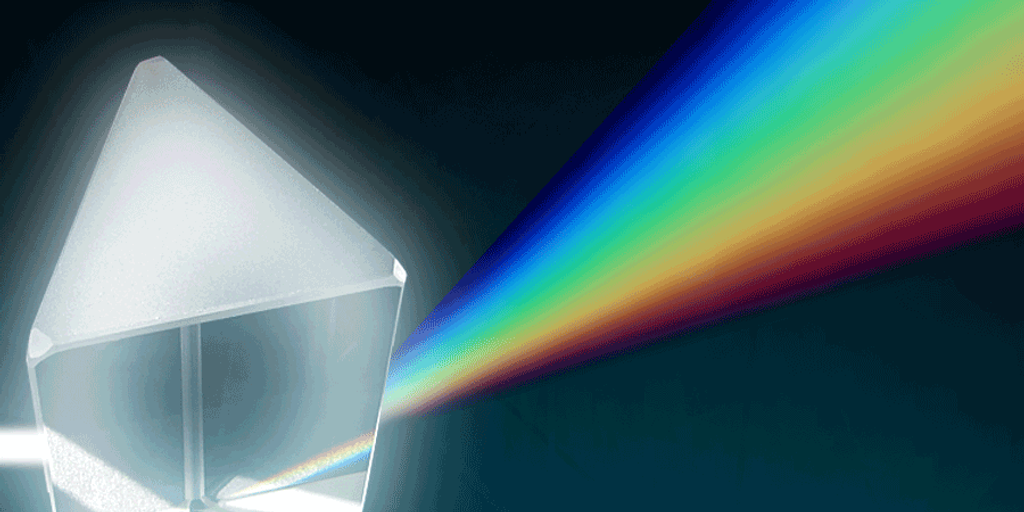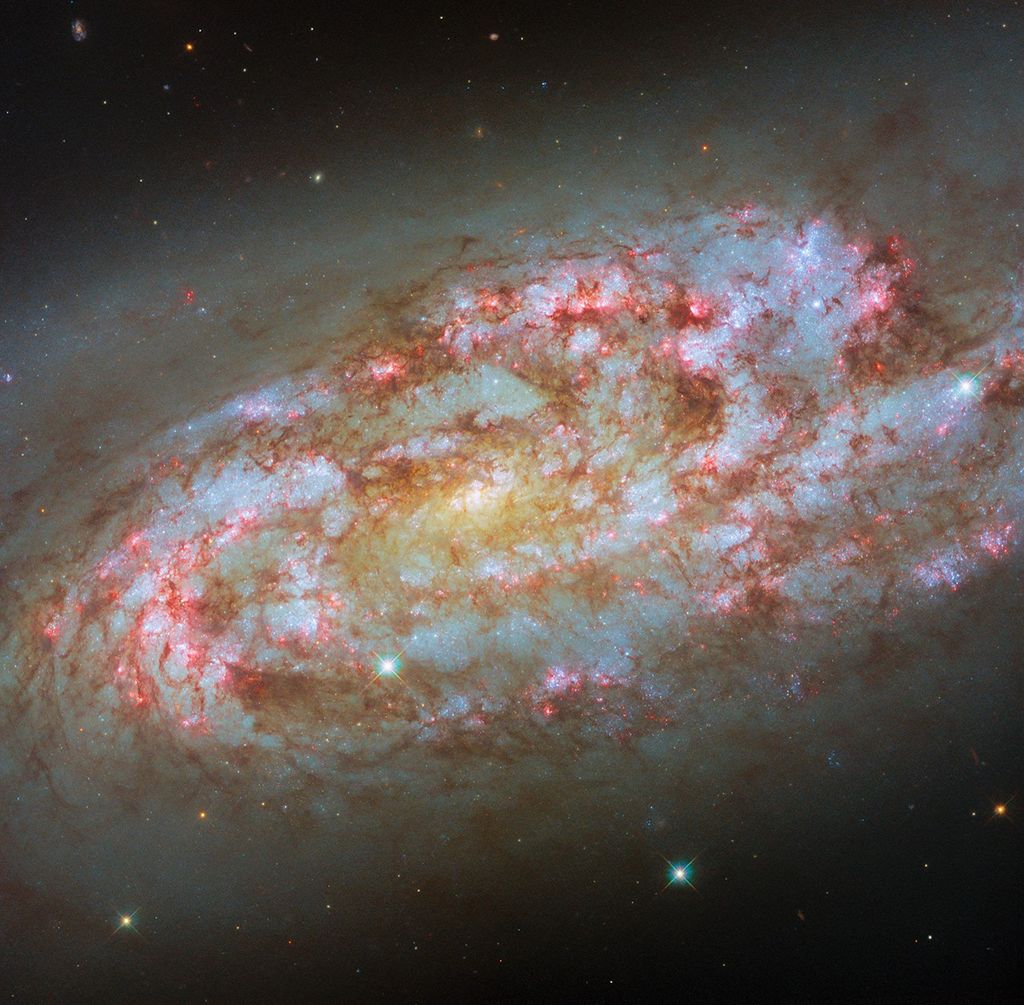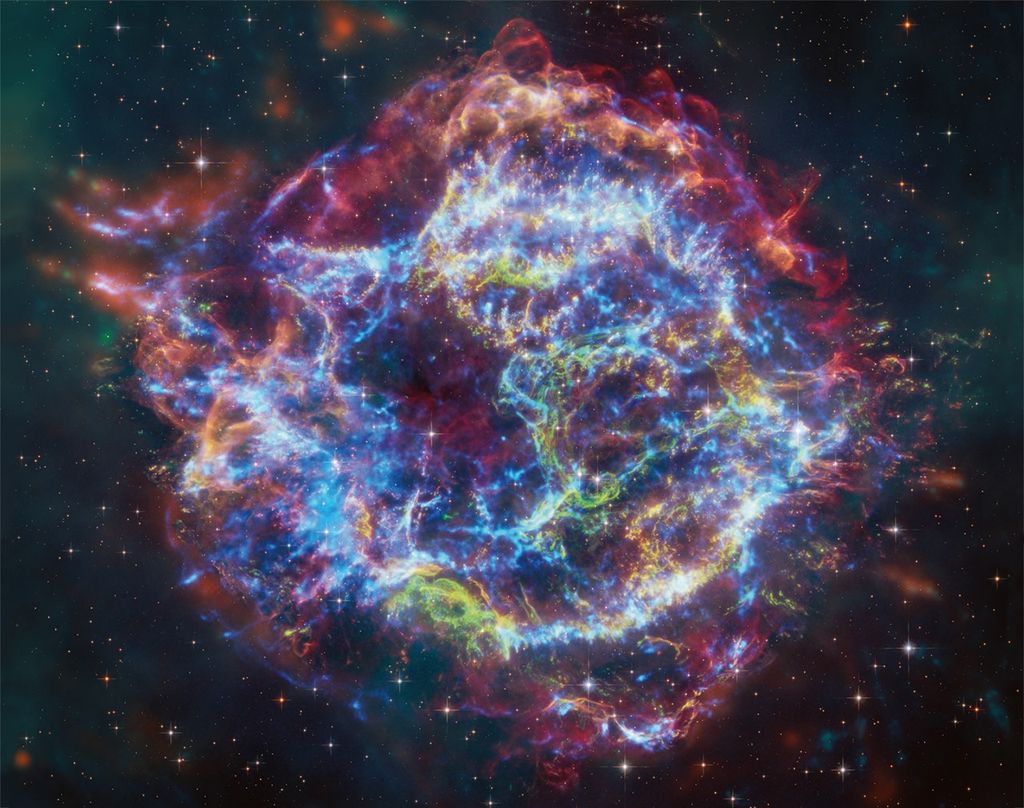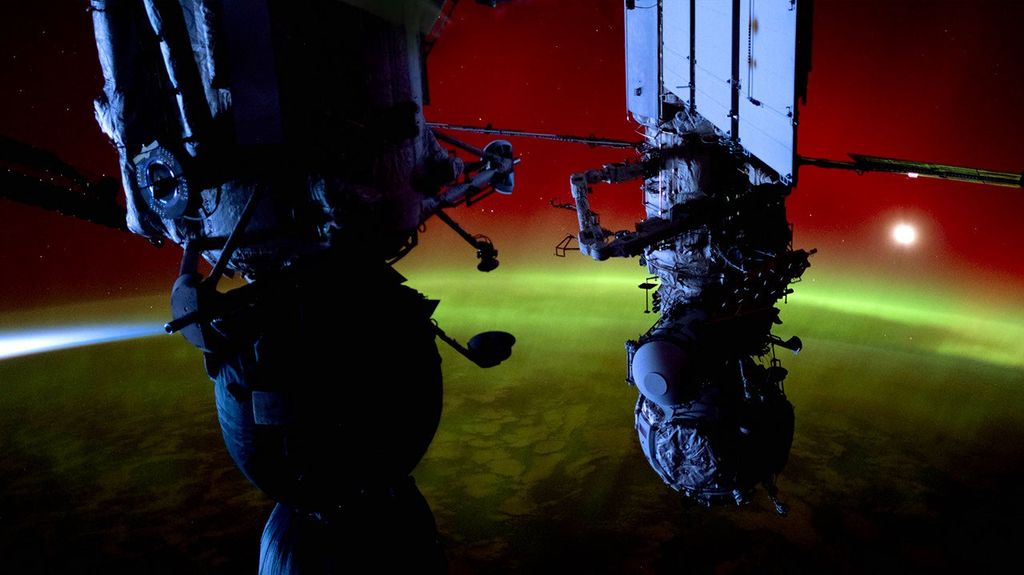NASA Awards 10 Planetary Instrument Technology Development Grants
NASA has made 10 new awards through the Planetary Instrument Concepts for the Advancement of Solar System Observations (PICASSO) program.
The PISCASSO23 projects will expand NASA’s portfolio of technology available for the development of missions exploring a wide range of environments, from the hot surface of Mercury to the far-flung icy worlds on the edges of the Solar System. These technologies will help answer key questions about the origins of our solar system, the search for life, and the study of our planetary neighborhood.
The PICASSO portfolio focuses on early-stage ideas – defined as concepts at a Technology Readiness Level (TRL) of 1-3 on a 9-point scale – that would support the development of instrument hardware to enhance or enable the scientific return on future planetary missions within our solar system.
 |  |  |  |  |
 |  |  |  |  |
Victor Abrahamsson
NASA’s Jet Propulsion Laboratory, Southern California
Dr. Abrahamsson will develop a compact ion mobility spectrometer to fit on drones and other platforms for in-situ analysis of organic molecules on future Mars missions. This tool will be particularly useful for seeking and detecting organic molecules in difficult-to-reach locations, such as caves and lava tubes, providing potentially new sources of information about past or current markers of life.
David Blake
NASA’s Ames Research Center, Silicon Valley, California
Working in partnership with Lawrence Livermore National Laboratories, Dr. Blake’s project will develop new radioisotope power sources for landed spacecraft instruments, such as those deployed on robotic arms, to determine the composition of surface materials. Similar instruments have been used on NASA missions to Mars, but the particular isotope to be used in this project, 244-Curium, is uniquely suitable for planetary surface analysis because it excites key elements in surface regolith, while ensuring the instrument does not contaminate source materials.
Luoth Chou
NASA’s Goddard Space Flight Center, Greenbelt, Maryland
Dr. Chou and her team will develop a new instrument called GALE (Gas Analysis for Life Explorers) that will modernize gas separation technology for a wide range of molecular targets using a compact, modular, cost-effective micro gas chromatography (GC) system. GALE will both demonstrate proof-of-concept separation and be coupled with an already flight-qualified mass spectrometer. With the potential for numerous planetary science applications, GALE could replace current GC designs, enhance sampling, and support high-priority planetary science missions searching for signs of habitability.
Evan Eshelman
Honeybee Robotics, Altadena, California
Dr. Eshelman’s team will build MONET (Multispectral Organic Detection and Near-Infrared Exobiology Tool), a new instrument for in-situ planetary surface mapping that uses different spectroscopy techniques to locate and characterize trace organics. By measuring sub-nanosecond fluorescence signatures, MONET will distinguish organic material from minerals, providing evidence of organics, including microorganisms and biosignatures relevant to the search for habitability in our solar system.
Omar Leon
University of Michigan, Ann Arbor
Dr. Leon’s prototype instrument, LVACCS (Lunar Vehicle Active Charge Control System), will measure the electric potential of spacecraft, discharge any negatively charged spacecraft, and safely charge spacecraft to a known positive potential. Using a vehicle surface charge detector and a low-power electron beam, LVACCS will make precise measurements to sense changes in charged particles and electric fields in tenuous space plasma environments. The prototype will measure the electric potential of an electrically isolated test article for both positive and negatively charged conditions in a relevant space environment simulation chamber.
Xiang Li
NASA’s Goddard Space Flight Center, Greenbelt, Maryland
The highly compact and lightweight LAMA (Laser Ablation Mass Analyzer) instrument to be developed by Dr. Li’s project will address key chemical detection and analysis measurement objectives for future lunar landers and rovers. LAMA aims to be an innovative planetary mass spectrometer deployable on a lander or rover robotic arm able to analyze pristine samples at a variable range, up to at least 11 inches.
Yamuna Phal
Colorado School of Mines, Golden
The MIRACLE (Mid-InfraRed AdvanCed Life-detection Explorer) spectroscopic imager to be developed by Dr. Phal and her co-investigators will characterize the spectral and optical properties of organic materials, particularly microbial life. By improving measurement capabilities in the mid-infrared regime for biosensing, MIRACLE would advance the understanding of prebiotic chemistry and the evolutionary dynamics of potentially habitable planetary bodies.
Sofia Rahimineja
NASA’s Jet Propulsion Laboratory, Southern California
Dr. Rahiminejad’s project, SHAKE (Seismometers for Harsh Atmospheric and Kinetic Environments), will develop a highly sensitive MEMS (Micro-Electro-Mechanical Systems) seismometer sensor capable of withstanding extreme temperatures, such as the intense heat of Venus and the icy cold surface of Europa, as well as operating on the noisy surfaces of the Moon. By measuring seismic activity on these diverse and harsh environments, this technology will enhance our understanding of the internal structure and composition of these bodies.
Xu Wang
University of Colorado, Boulder
Dr. Wang will develop CEDA (Compact Electrostatic Dust Analyzer), a small, low-power instrument that will measure electrostatic dust lofting and transport on small airless bodies, such as asteroids, Martian moons, dormant comets, and other dust-rich small planetary moons. When deployed to the surface of these small bodies, CEDA would provide insights into how this electrostatic process changes their surface properties and subsequent dynamics.
Roger Wiens
Purdue University, Lafayette, Indiana
Professor Wiens and his team of graduate students will expand the successful LIBS (Laser-Induced Breakdown Spectroscopy) technique that probed rock and soil composition at random locations on Mars to a new, fine-scale compositional imaging technique for major, minor, and trace elements. The enhanced LIBS will image the shapes and orientations of hydrogen-bearing mineral grains in simulated Mars, lunar, and asteroidal environments, using a scan mirror to rapidly create the elemental images.






